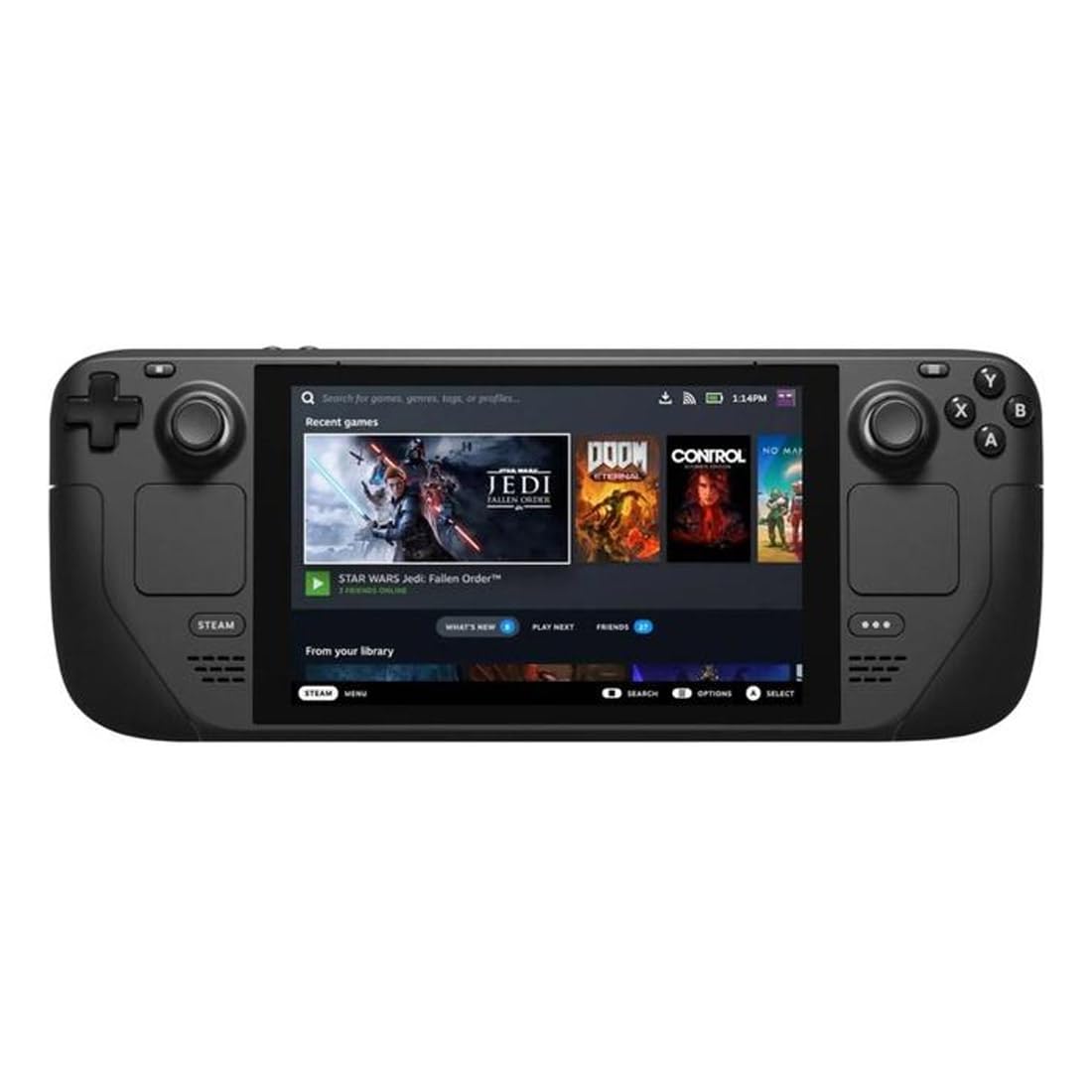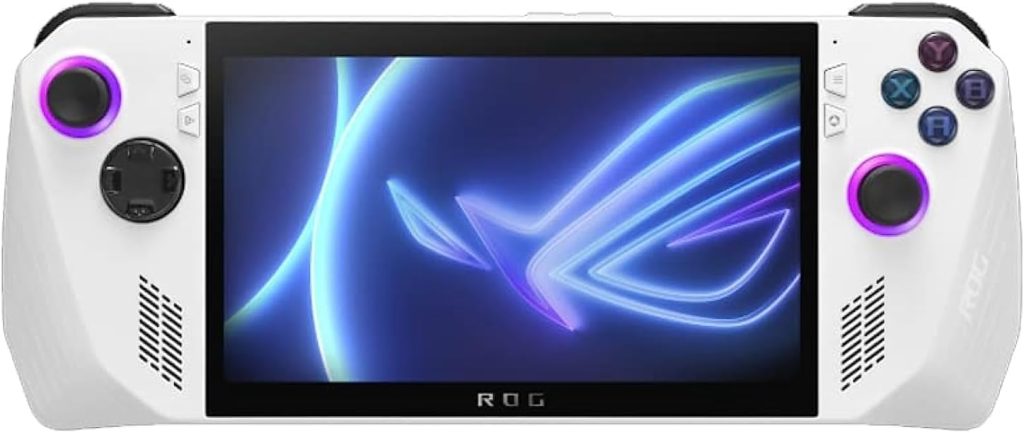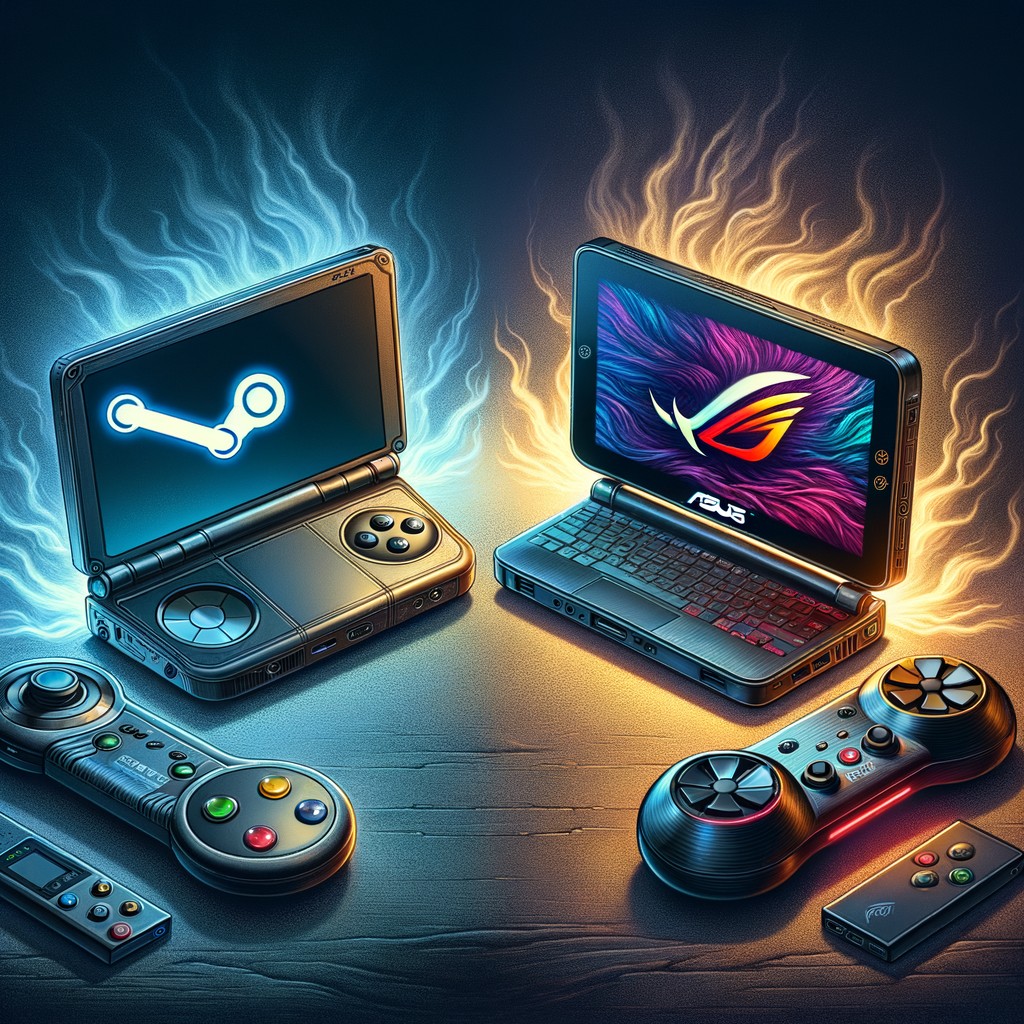Introduction
In recent years, the landscape of handheld gaming has undergone a significant transformation. Once dominated by consoles like the Nintendo Switch, the market has seen a surge in devices that combine the portability of handheld consoles with the power of a personal computer. This new wave of handheld gaming devices has been primarily led by Valve’s Steam Deck and Asus’s ROG Ally, both of which have set new standards in terms of performance and flexibility. As we move further into 2025, these devices are not only shaping the way we game on the go but are also influencing the broader gaming ecosystem. This blog post delves into the evolution of handheld gaming, focusing on how the Steam Deck and ROG Ally have paved the way for a new era of portable gaming excellence.
The Rise of Handheld PC Gaming
The concept of handheld gaming is not new. However, the integration of PC-level performance into portable devices is a relatively recent innovation. Valve’s Steam Deck, released in 2022, was a game-changer. It provided gamers with the ability to play their entire Steam library on the go without the need for a stationary setup. The device featured a custom APU developed by AMD, which brought unprecedented power to a handheld form factor. This was complemented by a robust operating system based on Linux, giving users the flexibility to install other software and even alternative operating systems if desired.
Building on the momentum created by the Steam Deck, Asus introduced the ROG Ally in 2024. This device further pushed the boundaries of what was possible in a handheld gaming PC. With its sleek design, high-refresh-rate display, and the latest AMD Ryzen Z1 series processors, the ROG Ally appealed to both casual and hardcore gamers. It offered a Windows 11 experience, which meant seamless integration with a variety of gaming platforms and services beyond just Steam.
Technological Advancements and Features
Both the Steam Deck and ROG Ally have set benchmarks in terms of technological advancements in handheld gaming. Here, we compare some of their key features:
| Feature | Steam Deck | ROG Ally |
|---|---|---|
| Processor | AMD APU (Zen 2 + RDNA 2) | AMD Ryzen Z1 Extreme |
| Display | 7-inch LCD, 1280×800, 60Hz | 7-inch LCD, 1920×1080, 120Hz |
| Operating System | SteamOS 3.0 | Windows 11 |
| Battery Life | 2-8 hours | 3-10 hours |
| Price | Starting at $795 | Starting at $699 |
Performance Benchmarks
- The Steam Deck’s performance is optimized for running games at medium settings with a smooth frame rate of 30-60 fps, making it ideal for indie titles and older AAA games.
- The ROG Ally, with its superior hardware, supports high settings and delivers 60 fps or higher in most modern AAA games, thanks to its advanced cooling system and higher resolution display.
Both devices support external GPU docks, further enhancing their capabilities when used in a desktop setup, thereby bridging the gap between handheld and traditional PC gaming experiences.
Impact on the Gaming Ecosystem
The emergence of powerful handheld gaming devices has had a profound impact on the gaming industry as a whole. One of the most significant changes is the shift towards cross-platform gaming. With the ability to play PC games on handheld devices, developers are increasingly optimizing their games for a variety of platforms from the outset. This has been accelerated by the trend of Netflix-style cross-platform releases, where games are available simultaneously across different devices, ensuring a consistent user experience.
Moreover, services like Xbox Cloud Gaming and Nvidia GeForce Now have gained traction as they allow gamers to stream their favorite titles directly to their handheld devices, bypassing the need for powerful local hardware. This streaming capability complements the native performance of devices like the Steam Deck and ROG Ally, offering gamers a choice between local and cloud-based gaming.
The integration of desktop-level software capabilities in these handhelds has also led to increased productivity use cases. Users can perform tasks such as video editing, coding, and digital art on the go, blurring the lines between a gaming device and a portable PC.
Challenges and the Road Ahead
Despite their successes, handheld gaming PCs face several challenges. Battery life remains a critical concern, as high-performance gaming rapidly drains power. Manufacturers are continuously working on improving energy efficiency, but the balance between performance and battery life is a delicate one.
Another challenge is the price point. While devices like the Steam Deck offer a relatively affordable entry into handheld PC gaming, the ROG Ally and similar devices are priced at a premium, which may limit their accessibility to a broader audience. This pricing challenge is compounded by the cost of accessories, such as docks and controllers, which are often necessary to fully leverage the devices’ capabilities.
Looking ahead, the future of handheld gaming PCs is promising. As technology advances, we can expect improvements in processing power, display technology, and energy efficiency. Additionally, the integration of AI-driven features could enhance the gaming experience by providing personalized content and optimizing system performance in real-time.
In conclusion, the evolution of handheld gaming from the Steam Deck to the Asus ROG Ally has marked a significant milestone in the gaming industry. These devices have successfully combined the convenience of consoles with the flexibility of PCs, paving the way for a new era of gaming that is both portable and powerful. As we continue to explore the possibilities of this technology, the potential for innovation remains limitless.
Tags: handheld gaming, Steam Deck, Asus ROG Ally, portable gaming, gaming technology, 2025, PC gaming

VALVE Steam Deck OLED 1TB SSD
16GB RAM (International Version) – 7.4″ inch, 90Hz, 1280 x 800px, SteamOS 3.0, Handheld Gaming Console

ASUS ROG Ally
7″ FHD IPS, AMD Ryzen R1 Extreme, 16GB RAM, 512GB SSD, iGPU, Windows 11 Home





